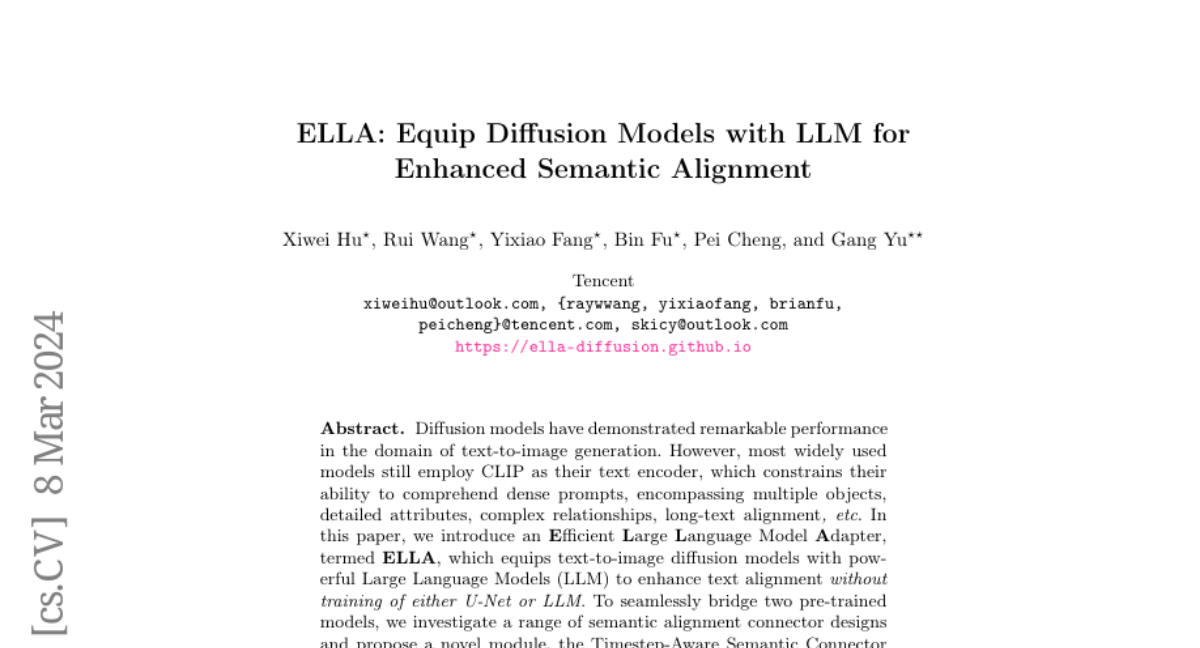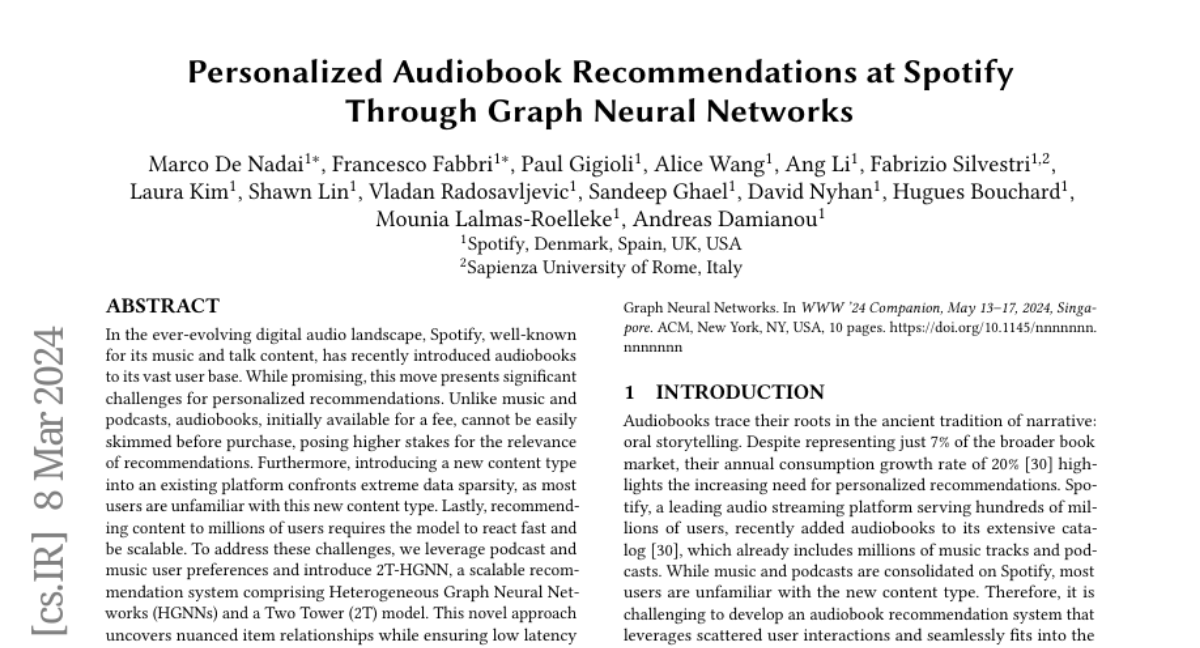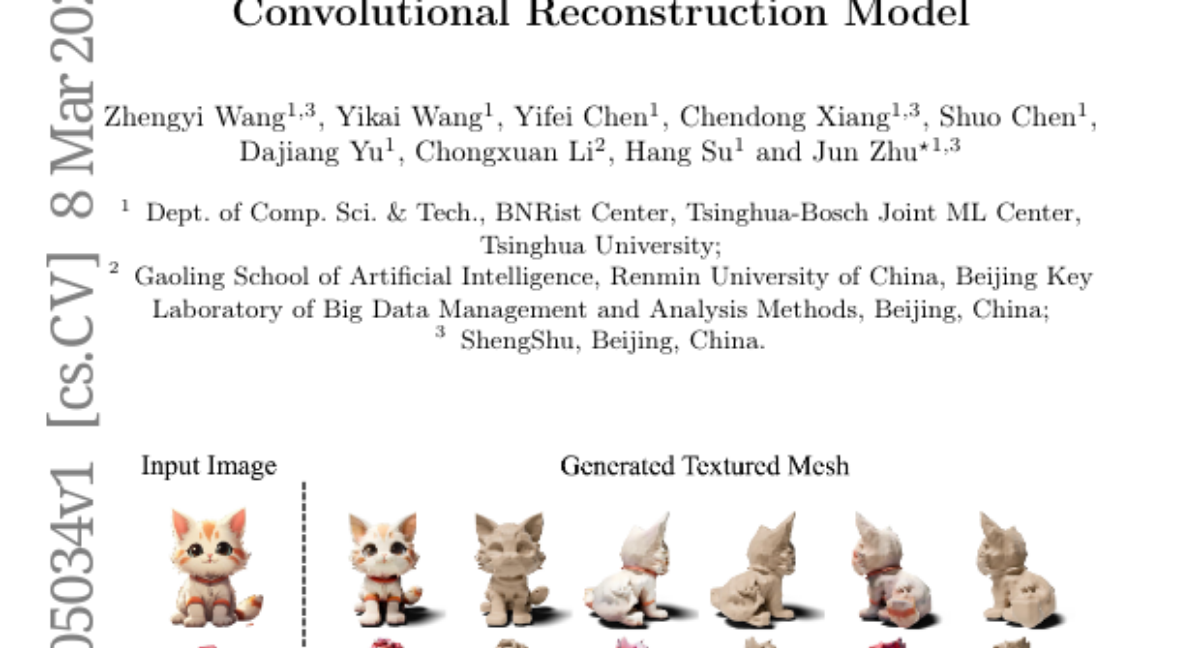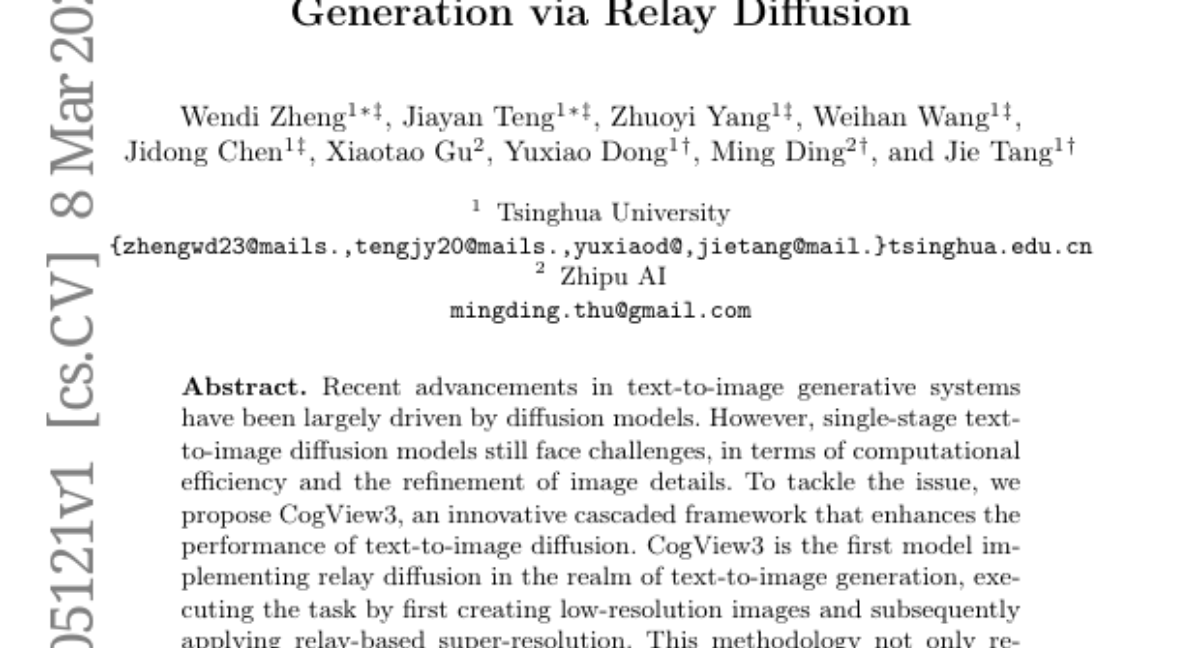ELLA: Equip Diffusion Models with LLM for Enhanced Semantic Alignment

Diffusion models have demonstrated remarkable performance in the domain of text-to-image generation. However, most widely used models still employ CLIP as their text encoder, which constrains their ability to comprehend dense prompts, encompassing multiple objects, detailed attributes, complex relationships, long-text alignment, etc. In this paper, we introduce an Efficient Large Language Model Adapter, termed ELLA, which equips text-to-image diffusion models with powerful Large Language Models (LLM) to enhance text alignment without training of either U-Net or LLM. To seamlessly bridge two pre-trained models, we investigate a range of semantic alignment connector designs and propose a novel module, the Timestep-Aware Semantic Connector (TSC), which dynamically extracts timestep-dependent conditions from LLM. Our approach adapts semantic features at different stages of the denoising process, assisting diffusion models in interpreting lengthy and intricate prompts over sampling timesteps. Additionally, ELLA can be readily incorporated with community models and tools to improve their prompt-following capabilities. To assess text-to-image models in dense prompt following, we introduce Dense Prompt Graph Benchmark (DPG-Bench), a challenging benchmark consisting of 1K dense prompts. Extensive experiments demonstrate the superiority of ELLA in dense prompt following compared to state-of-the-art methods, particularly in multiple object compositions involving diverse attributes and relationships.
Gemini 1.5: Unlocking multimodal understanding across millions of tokens of context

In this report, we present the latest model of the Gemini family, Gemini 1.5 Pro, a highly compute-efficient multimodal mixture-of-experts model capable of recalling and reasoning over fine-grained information from millions of tokens of context, including multiple long documents and hours of video and audio. Gemini 1.5 Pro achieves near-perfect recall on long-context retrieval tasks across modalities, improves the state-of-the-art in long-document QA, long-video QA and long-context ASR, and matches or surpasses Gemini 1.0 Ultra's state-of-the-art performance across a broad set of benchmarks. Studying the limits of Gemini 1.5 Pro's long-context ability, we find continued improvement in next-token prediction and near-perfect retrieval (>99%) up to at least 10M tokens, a generational leap over existing models such as Claude 2.1 (200k) and GPT-4 Turbo (128k). Finally, we highlight surprising new capabilities of large language models at the frontier; when given a grammar manual for Kalamang, a language with fewer than 200 speakers worldwide, the model learns to translate English to Kalamang at a similar level to a person who learned from the same content.
VideoElevator: Elevating Video Generation Quality with Versatile Text-to-Image Diffusion Models

Text-to-image diffusion models (T2I) have demonstrated unprecedented capabilities in creating realistic and aesthetic images. On the contrary, text-to-video diffusion models (T2V) still lag far behind in frame quality and text alignment, owing to insufficient quality and quantity of training videos. In this paper, we introduce VideoElevator, a training-free and plug-and-play method, which elevates the performance of T2V using superior capabilities of T2I. Different from conventional T2V sampling (i.e., temporal and spatial modeling), VideoElevator explicitly decomposes each sampling step into temporal motion refining and spatial quality elevating. Specifically, temporal motion refining uses encapsulated T2V to enhance temporal consistency, followed by inverting to the noise distribution required by T2I. Then, spatial quality elevating harnesses inflated T2I to directly predict less noisy latent, adding more photo-realistic details. We have conducted experiments in extensive prompts under the combination of various T2V and T2I. The results show that VideoElevator not only improves the performance of T2V baselines with foundational T2I, but also facilitates stylistic video synthesis with personalized T2I. Our code is available at https://github.com/YBYBZhang/VideoElevator.
DeepSeek-VL: Towards Real-World Vision-Language Understanding

We present DeepSeek-VL, an open-source Vision-Language (VL) Model designed for real-world vision and language understanding applications. Our approach is structured around three key dimensions: We strive to ensure our data is diverse, scalable, and extensively covers real-world scenarios including web screenshots, PDFs, OCR, charts, and knowledge-based content, aiming for a comprehensive representation of practical contexts. Further, we create a use case taxonomy from real user scenarios and construct an instruction tuning dataset accordingly. The fine-tuning with this dataset substantially improves the model's user experience in practical applications. Considering efficiency and the demands of most real-world scenarios, DeepSeek-VL incorporates a hybrid vision encoder that efficiently processes high-resolution images (1024 x 1024), while maintaining a relatively low computational overhead. This design choice ensures the model's ability to capture critical semantic and detailed information across various visual tasks. We posit that a proficient Vision-Language Model should, foremost, possess strong language abilities. To ensure the preservation of LLM capabilities during pretraining, we investigate an effective VL pretraining strategy by integrating LLM training from the beginning and carefully managing the competitive dynamics observed between vision and language modalities. The DeepSeek-VL family (both 1.3B and 7B models) showcases superior user experiences as a vision-language chatbot in real-world applications, achieving state-of-the-art or competitive performance across a wide range of visual-language benchmarks at the same model size while maintaining robust performance on language-centric benchmarks. We have made both 1.3B and 7B models publicly accessible to foster innovations based on this foundation model.
Personalized Audiobook Recommendations at Spotify Through Graph Neural Networks

In the ever-evolving digital audio landscape, Spotify, well-known for its music and talk content, has recently introduced audiobooks to its vast user base. While promising, this move presents significant challenges for personalized recommendations. Unlike music and podcasts, audiobooks, initially available for a fee, cannot be easily skimmed before purchase, posing higher stakes for the relevance of recommendations. Furthermore, introducing a new content type into an existing platform confronts extreme data sparsity, as most users are unfamiliar with this new content type. Lastly, recommending content to millions of users requires the model to react fast and be scalable. To address these challenges, we leverage podcast and music user preferences and introduce 2T-HGNN, a scalable recommendation system comprising Heterogeneous Graph Neural Networks (HGNNs) and a Two Tower (2T) model. This novel approach uncovers nuanced item relationships while ensuring low latency and complexity. We decouple users from the HGNN graph and propose an innovative multi-link neighbor sampler. These choices, together with the 2T component, significantly reduce the complexity of the HGNN model. Empirical evaluations involving millions of users show significant improvement in the quality of personalized recommendations, resulting in a +46% increase in new audiobooks start rate and a +23% boost in streaming rates. Intriguingly, our model's impact extends beyond audiobooks, benefiting established products like podcasts.
CRM: Single Image to 3D Textured Mesh with Convolutional Reconstruction Model

Feed-forward 3D generative models like the Large Reconstruction Model (LRM) have demonstrated exceptional generation speed. However, the transformer-based methods do not leverage the geometric priors of the triplane component in their architecture, often leading to sub-optimal quality given the limited size of 3D data and slow training. In this work, we present the Convolutional Reconstruction Model (CRM), a high-fidelity feed-forward single image-to-3D generative model. Recognizing the limitations posed by sparse 3D data, we highlight the necessity of integrating geometric priors into network design. CRM builds on the key observation that the visualization of triplane exhibits spatial correspondence of six orthographic images. First, it generates six orthographic view images from a single input image, then feeds these images into a convolutional U-Net, leveraging its strong pixel-level alignment capabilities and significant bandwidth to create a high-resolution triplane. CRM further employs Flexicubes as geometric representation, facilitating direct end-to-end optimization on textured meshes. Overall, our model delivers a high-fidelity textured mesh from an image in just 10 seconds, without any test-time optimization.
CogView3: Finer and Faster Text-to-Image Generation via Relay Diffusion

Recent advancements in text-to-image generative systems have been largely driven by diffusion models. However, single-stage text-to-image diffusion models still face challenges, in terms of computational efficiency and the refinement of image details. To tackle the issue, we propose CogView3, an innovative cascaded framework that enhances the performance of text-to-image diffusion. CogView3 is the first model implementing relay diffusion in the realm of text-to-image generation, executing the task by first creating low-resolution images and subsequently applying relay-based super-resolution. This methodology not only results in competitive text-to-image outputs but also greatly reduces both training and inference costs. Our experimental results demonstrate that CogView3 outperforms SDXL, the current state-of-the-art open-source text-to-image diffusion model, by 77.0\% in human evaluations, all while requiring only about 1/2 of the inference time. The distilled variant of CogView3 achieves comparable performance while only utilizing 1/10 of the inference time by SDXL.